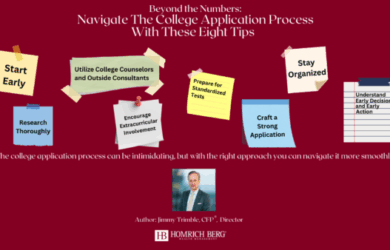Writing a memoir is a profound way to share your life story, experiences, and insights with your family, close friends, and others. It’s an opportunity to reflect on your journey, celebrate your achievements, and leave a lasting legacy. Here’s a guide to help you through the process of writing and publishing your memoir.
1. Clarify Your Purpose
Understand why you’re writing your memoir. Are you aiming to share life lessons, document family history, provide inspiration, or all the above? Clarifying your purpose will guide your narrative and help you stay focused.
2. Outline Your Story
Decide on the key events, themes, and messages you want to include. An outline helps in maintaining a coherent flow and ensures that you cover all significant aspects of your life. Consider an online resource such as Scrivener to help you get started and stay on track.
3. Start Writing
Begin with a rough draft without worrying too much about perfection. Focus on getting your story down on paper. Write regularly to build momentum and make consistent progress. Consider a daily or weekly word count goal to keep yourself on track.
4. Be Honest and Authentic
Authenticity is key to a compelling memoir. Be honest about your experiences, emotions, and reflections. Readers, especially family and friends, connect with genuine stories that reveal vulnerability and personal growth.
5. Seek Feedback
Share your draft with trusted friends, family, or writing groups to get feedback. Constructive criticism can help you refine your story and improve your writing. Consider engaging with online communities such as Scribophile where writers can share their work and receive feedback.
6. Edit and Revise
Review your manuscript multiple times, focusing on structure, clarity, and grammar. Consider hiring a professional editor to ensure your memoir is polished and well-written.
7. Choose a Publishing Path
While traditional publishing is always an option, self-publishing has become an excellent alternative that allows you to maintain more control of the process. Amazon Kindle Direct Publishing is an example of a popular platform for self-publishing e-books and paperbacks.
8. Design Your Book
Invest in professional design services to create a visually appealing book. Resources such as 99designs connect you with cost-effective professional designers for book covers and interior layouts.
9. Promote Your Memoir
Even if your primary audience is family and friends, sharing your memoir more broadly can be rewarding. Develop a marketing plan that includes social media, book signings, and press releases. Engage with your readers through blogs, podcasts, and speaking events. Bookbub is an example of a platform that helps simplify the process of promoting your book.
10. Embrace the Journey
Writing a memoir is a deeply personal and transformative experience. Enjoy the process of reflecting on your life and crafting your story.
Creating a legacy through writing and publishing your memoir for family and friends is a meaningful endeavor that requires dedication, authenticity, and perseverance. By following these steps, you can craft a compelling memoir that shares your story with those who matter most and leaves a lasting impact.
To learn more or get help with your life experiences, please call 404.264.1400 or email us at info@hbwealth.com.
Important Disclosures
This article may not be copied, reproduced, or distributed without Homrich Berg’s prior written consent.
All information is as of date above unless otherwise disclosed. The information is provided for informational purposes only and should not be considered a recommendation to purchase or sell any financial instrument, product or service sponsored by Homrich Berg or its affiliates or agents. The information does not represent legal, tax, accounting, or investment advice; recipients should consult their respective advisors regarding such matters. This material may not be suitable for all investors. Neither Homrich Berg, nor any affiliates, make any representation or warranty as to the accuracy or merit of this analysis for individual use. Information contained herein has been obtained from sources believed to be reliable but are not guaranteed. Investors are advised to consult with their investment professional about their specific financial needs and goals before making any investment decision.
©2024 Homrich Berg.













Beyond The Numbers: The Art Of Collecting Fine Wine
Collecting fine wine is an art form that combines passion, knowledge, and strategy. It’s not…
Read More